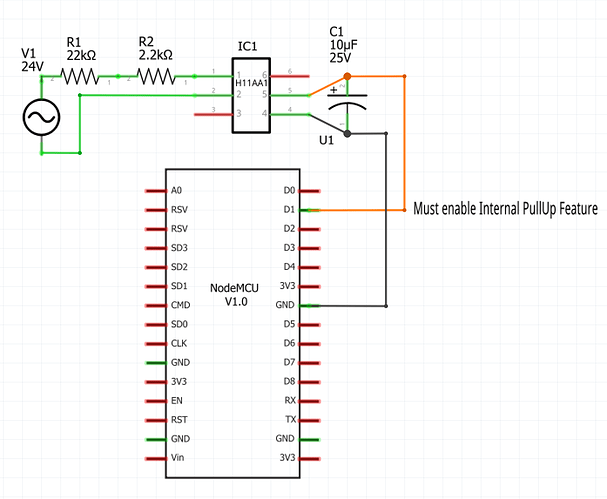At this point in time, assuming you're wanting to use WiFi for connectivity, I would recommend using an ESP32 based microcontroller as they offer ample GPIO pins. I recently purchased this combination from Amazon as I really like the form-factor of the screw-down terminal blocks.
https://www.amazon.com/gp/product/B087TP5471
I actually built a custom board to monitor (not control) my HVAC Heat Pump. It monitors the 24VAC signal wires from the thermostat for Compressor On/Off, Mode Heating/Cooling, and Fan On/Off. It also measures incoming and outgoing air temperatures of the heat exchanger, the temperatures of both refrigerant lines (high and low pressure), and the temperature/humidity of my attic where this board is installed. If I can find a picture/drawing of it, I'll add to this post as it may help get you started.
Here is the circuit for monitoring a 24VAC signal. It requires a little bit of engineering to convert the AC voltage into a DC on/off signal.
(Note: The below wiring diagram is actually for an ESP8266 based NodeMCU board. However, the important part is the AC to DC circuit.)


